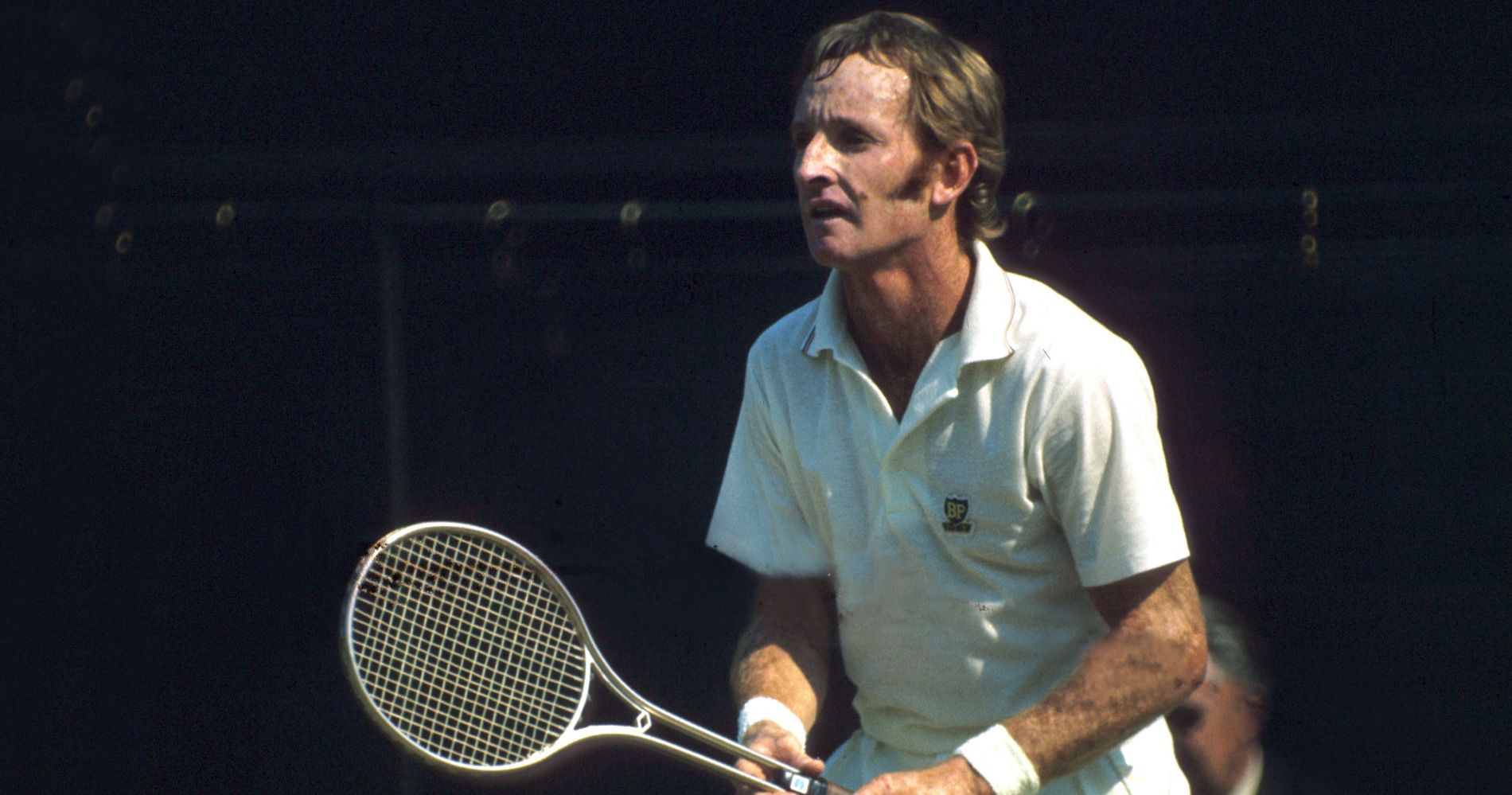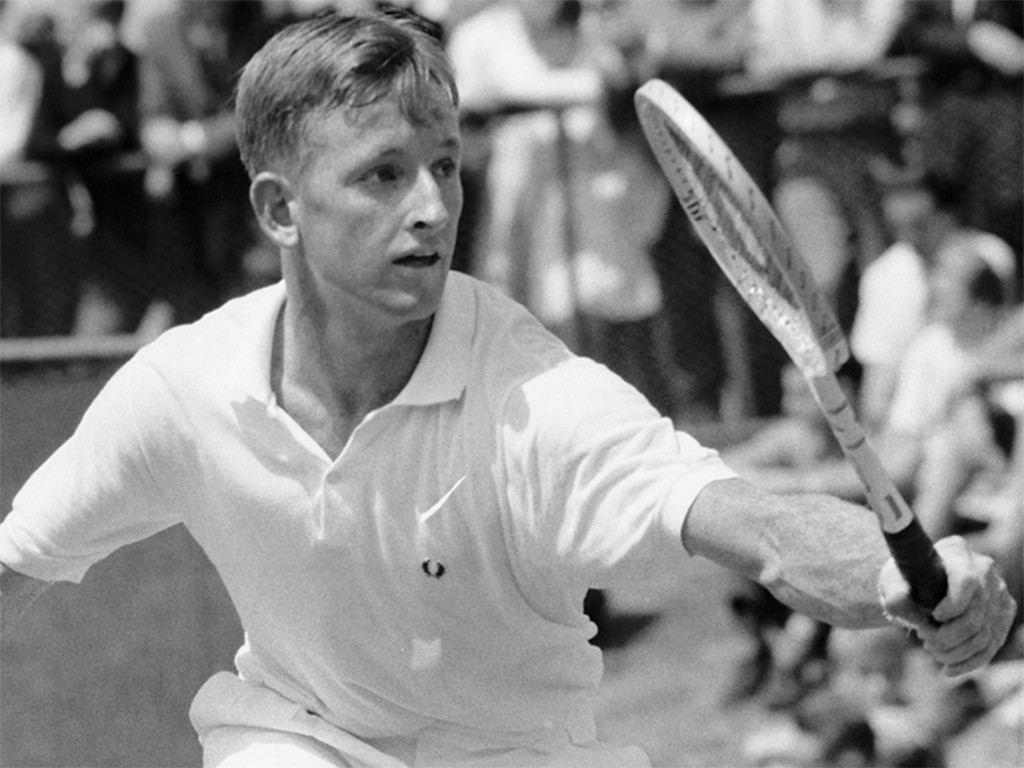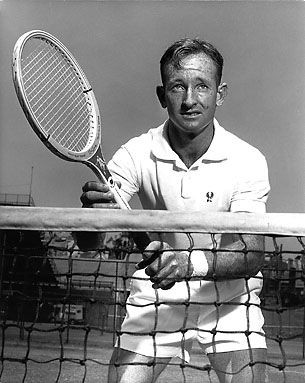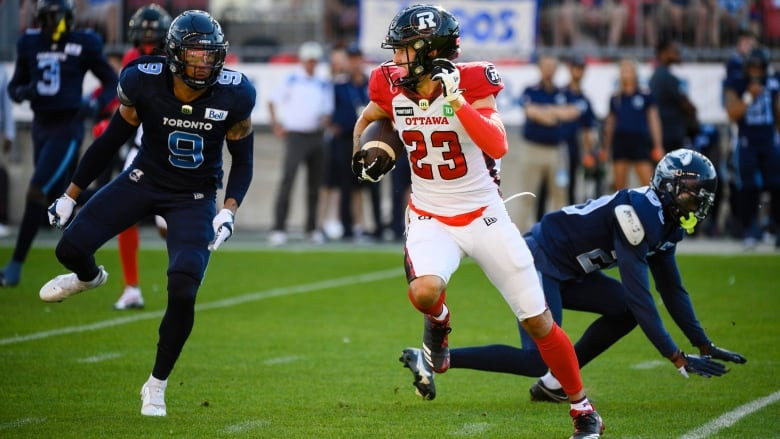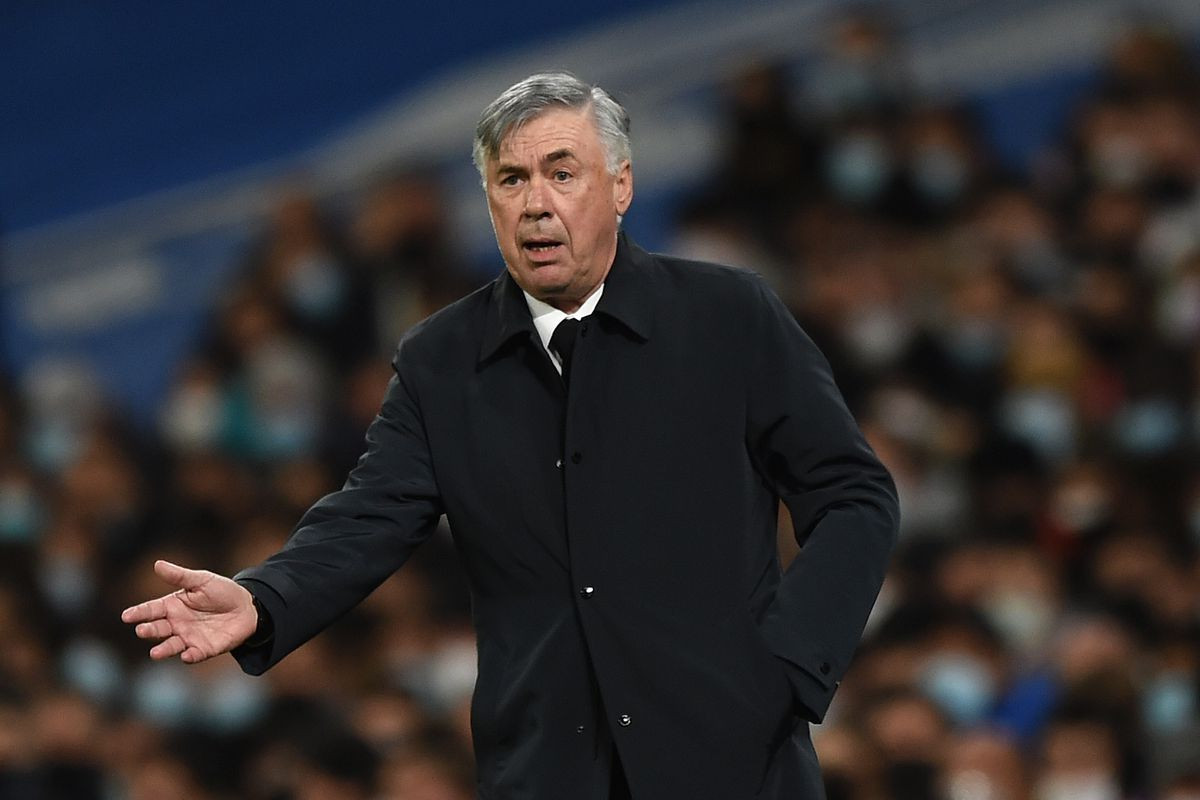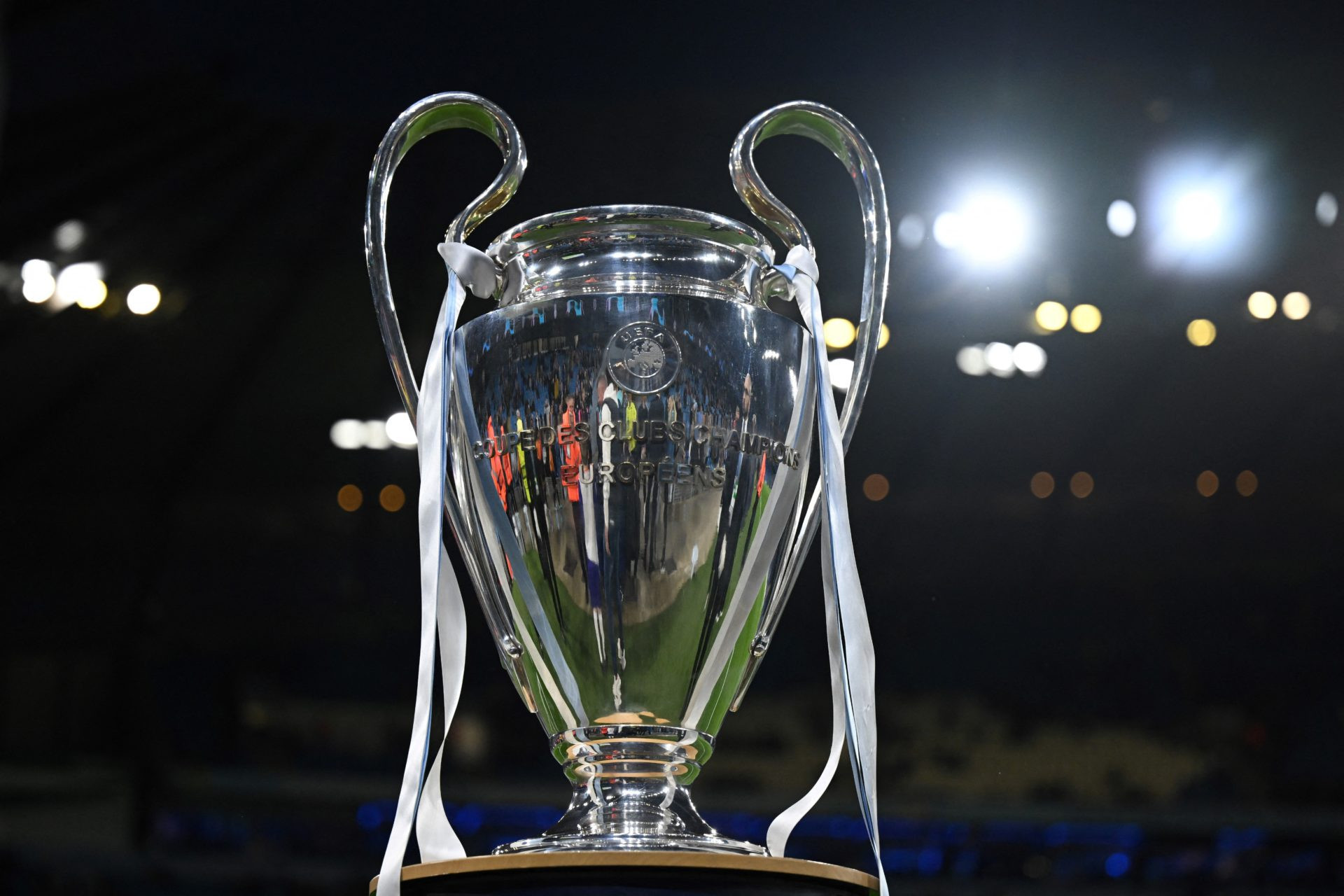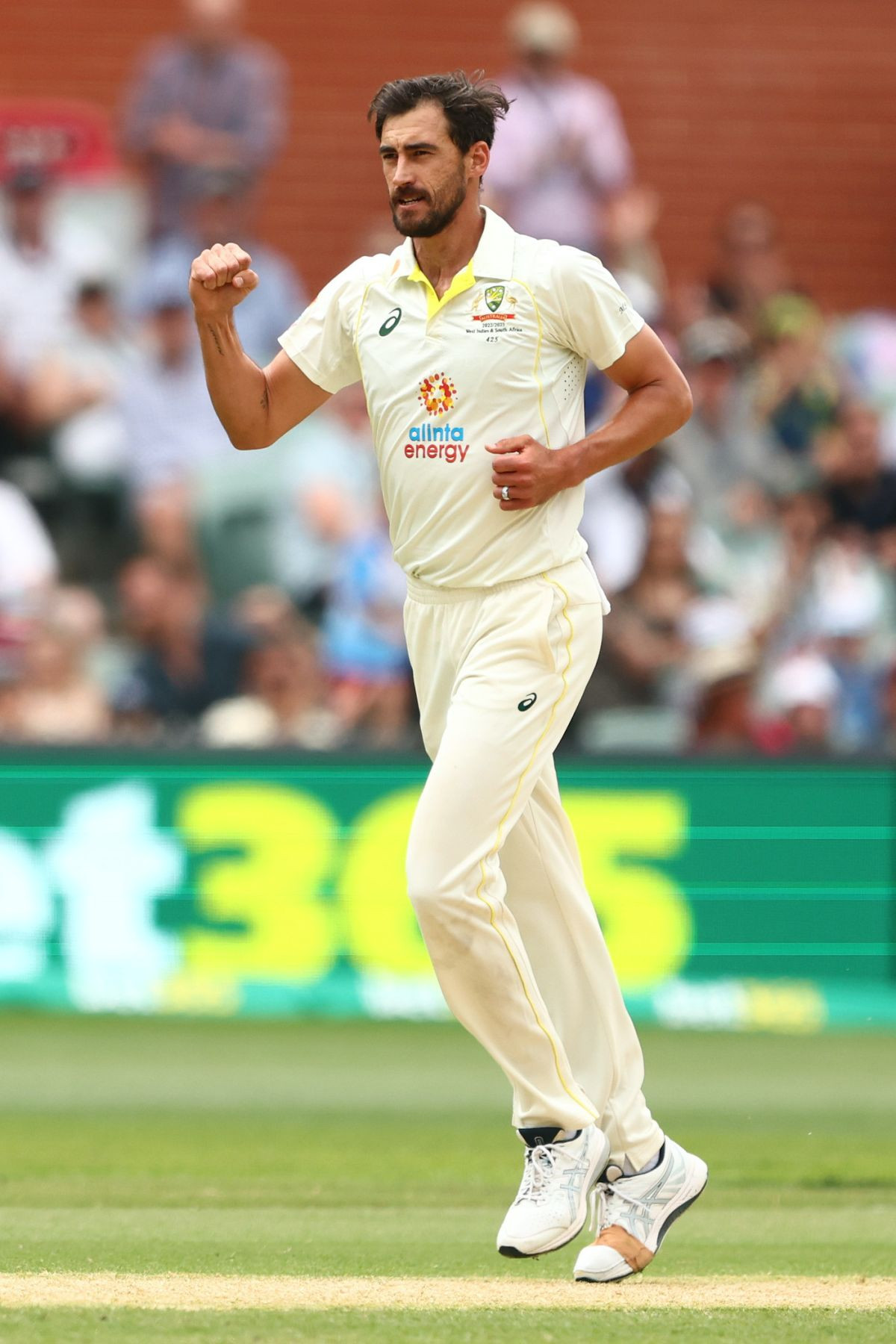The past few decades have seen some exceptional male tennis players dominate the game with the likes of Roger Federer, Rafael Nadal and Novak Djokovic all stamping their individual marks on the game with countless trophies and titles. Whilst the debate about who the best male tennis player of all time rages on, Novak Djokovic with 24th Grand Slam titles, eclipses both Rafa Nadal and Federer with the Serbian still breaking tennis records and consolidating his position as perhaps the best male tennis player of all time in terms of honours. With the Belgrade native very much in the ‘twilight’ of his career aged 37, it’s highly unlikely that Djokovic will get to emulate the feat of one of the games icons with Rod Laver pulling off in 1969, something that no other male tennis player has ever managed to accomplish.
Australia’s Rod Laver, remains to this day, the only male or female player in tennis history to win two calendar Grand Slams (1962-1969) in singles winning a record 200 tournaments and held the No. 1 world ranking from 1964-70. Very few people have achieved enough in their lives to have either a major stadium or major event named after them. The fact that Rod Laver has both is a testament to his standing in tennis as one of the greatest, and most influential, figures in the game. With this year’s Laver Cup underway, we look at what the Australian achieved, and why he is so revered.
Laver is one of a select few to hit double digits in terms of Grand Slam singles titles, with 11 to his name. His exploits span the amateur and professional eras, so not all his triumphs are recognised by some barometers, but it is an impressive haul – especially considering he missed five years of major action. His most successful Grand Slam was Wimbledon, which he won four times, though he also found huge success on home soil, winning three Australian Open titles. The Australian also won twice at Roland Garros and twice at the US Open during his career; across all eras, only the ‘Big Three’, Pete Sampras, and Roy Emerson have won more men’s singles majors.
It was not just on the singles court where Laver found success, with nine further Grand Slam titles coming across men’s and mixed doubles. Laver was a four-time men’s doubles champion at the Australian Open, also winning at Roland Garros in 1961 and Wimbledon in 1971 – as well as finishing as the US Open runner-up three times. He also won the mixed doubles title at Roland Garros in 1961, alongside consecutive Wimbledon titles in the discipline in 1959 and 1960.
Winning all four Grand Slam titles in the same season remains the toughest task in tennis, with Steffi Graf’s 1988 Calender Slam still the most recent of its kind. That makes it even more astonishing that Laver was able to achieve the feat twice; in the amateur era in 1962, and again in the Open Era in 1969. In 1962, Laver beat Roy Emerson to win the Australian and French Championship titles, before defeating Marty Mulligan in the Wimbledon final and then Emerson again in the US to complete the Calendar Slam. Seven years later, after the birth of the pro era enabled his return to the Grand Slams, he completed the feat once again.
Laver started by beating Andres Gimeno to win the Australian Open title, before beating compatriot Ken Rosewall to win his second Roland Garros crown. That was followed by victory over John Newcombe at Wimbledon before he completed the set by defeating Tony Roche in the US Open final. Despite not being allowed to play what is now considered the ‘Grand Slam’ events after turning pro in 1963, Laver still found huge success on court – winning eight Pro Slams. His most successful event was the Wembley Pro which, after reaching the quarter-final in 1963, he won for four straight years before the event ended at the dawn of the Open Era. Laver also won three US Professional Tennis Championship titles and reached two further finals, while he won the French Pro in 1968 after four previous final defeats.
Laver’s Legacy in Tennis
Throughout his legendary career, Laver won a staggering 198 singles titles, spanning the amateur and professional ages. Of those victories, 72 are recognised by the ATP, putting him seventh all-time in terms of the most ATP singles titles won by any player. Only Jimmy Connors, Roger Federer, Novak Djokovic, Ivan Lendl, Rafael Nadal, and John McEnroe won more titles than him.
Laver developed a technically complete serve-and-volley game, with aggressive groundstrokes with legendary English tennis commentator Dan Maskell described the Queensland native as “technically faultless”. Now aged 86, Laver resides in San Diego (California) with centre court at Melbourne Park (home to the Australian Open) named Rod Laver Arena in honour of his incredible achievements in the game. The Laver Cup, an annual team competition, is also named after him, with teams from Europe and the rest of the world competing in a highly entertaining and exciting format.
The ‘Rocket’ Continues to Soar
The two calendar Grand Slams achieved by Laver are testament to his undeniable brilliance and a legacy which continues to inspire a new generation of tennis stars. He is not only one of the greatest tennis players to have graced the court but also one of the most revered figures in the sport. Laver's achievements continue to stand the test of time and his impact on the sport is undeniable.
Even with a packed schedule of Grand Slam titles, the Australian also found time to succeed in Davis Cup matches, winning a total of 14. His success in the Davis Cup, along with his Grand Slam triumphs, ensured his status as a sporting legend. The impact of this icon of the game is still evident in every match played at the Rod Laver Arena, which has become a symbol of his legacy. His name is synonymous with tennis excellence and he continues to be a role model for many aspiring tennis players.
Rod Laver’s story is one of resilience, skill, and passion, and his legacy continues to inspire a new generation of tennis stars, reminding us that the true measure of greatness lies not just in the trophies but in the impact one leaves on the world.




